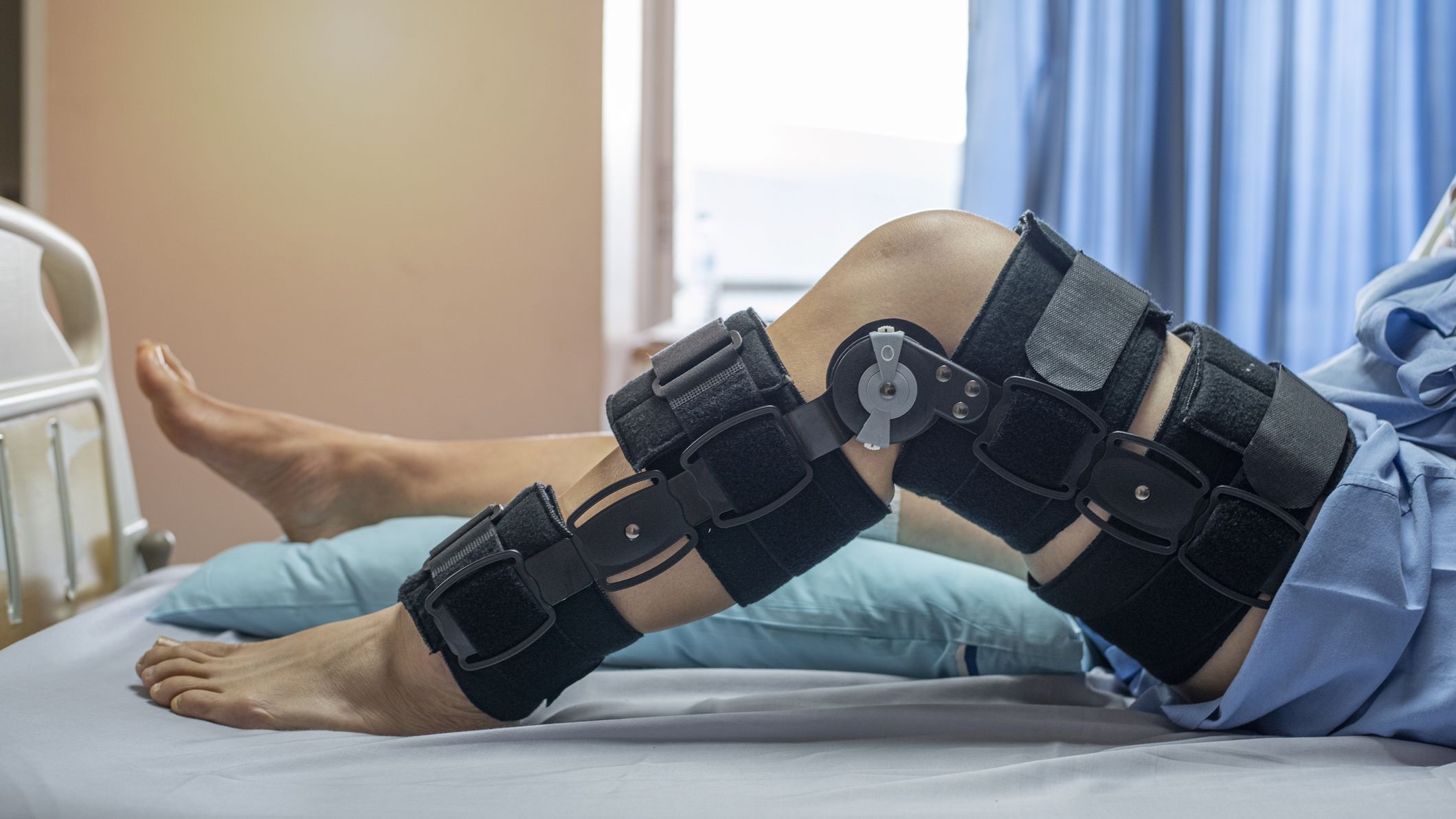The anterior cruciate ligament (ACL) connects your thighbone to the shinbone, allowing your knee to move comfortably. However, an injury affecting the major ligament might prevent you from enjoying your everyday life. Most ACL injuries happen during rigorous activities involving instant halts and changes in direction. Your surgeon might suggest a reconstruction to enhance your mobility in such instances. ACL reconstruction in West Chester is a well sought-after treatment for restoring knee stability. During the minimally invasive surgical procedure, your doctor removes the affected ligament, replacing it with a graft from a donor or a different part of your knee.
Why would your surgeon recommend the procedure?
Your surgeon will recommend the treatment if:
- You need an effective treatment that might make you go back to your athlete-related activities, mainly if the sport entails cutting, jumping, or pivoting
- The knee injury forces the joint to buckle
- You have tried rehabilitation without success
- The joint is unstable, affecting your everyday life
- You injure more than one ligament
However, you might not be suitable for the surgical procedure if you have a minor ACL tear that might resolve with rest or have a medical condition that might make the treatment risky. Additionally, you might opt-out if you are not motivated to complete the strenuous rehabilitation necessary after the treatment.
What should you expect during an ACL reconstruction?
General anesthesia is common with the treatment. Your surgeon will expect you to relax during the entire procedure. The treatment entails making small incisions for holding the camera in place and the other one to allow the instruments to access the treatment area. The medical professional removes the damaged ligament, replacing it with graft tissue from a donor or a different part of the joint. Your doctor will then drill sockets into the two connecting bones (shinbone and thighbone) to allow for graft placement, which he will then secure to your bones with screws. The graft acts as the base onto which the new ligament tissue will grow.
What are the risks you might have with the procedure?
ACL is safe. However, complications might arise from the surgical process or during recovery. They include:
- Surgery-related problems. though the risks are rare, issues relating to the procedure include:
- Infection, especially on the incision sites
- Blood clots in your leg
- Damage to the joint’s nearby structures
- Numbness on the treatment areas
- Limited motion range, mainly on your extremes. For instance, you might find it challenging to stretch your leg as before. However, rehabilitation attempts might help restore your motion range and allow you to walk normally.
- You may feel uncomfortable in the treatment site or the place where your surgeon harvested the graft, especially when kneeling.
- Repeat surgery if the initial surgery fails to restore the joint’s mobility.
- The screws attaching the graft to the bones might cause problems, prompting your surgeon to remove them.
A successful reconstruction with rehabilitation might restore function, enhancing your knee’s stability. However, recovery may take approximately 12 months. Though the treatment is effective, you should inform the medical professional of possible side effects that might limit your mobility after the treatment. Do not let an ACL injury immobilize you when you contact your surgeon for reconstruction.


